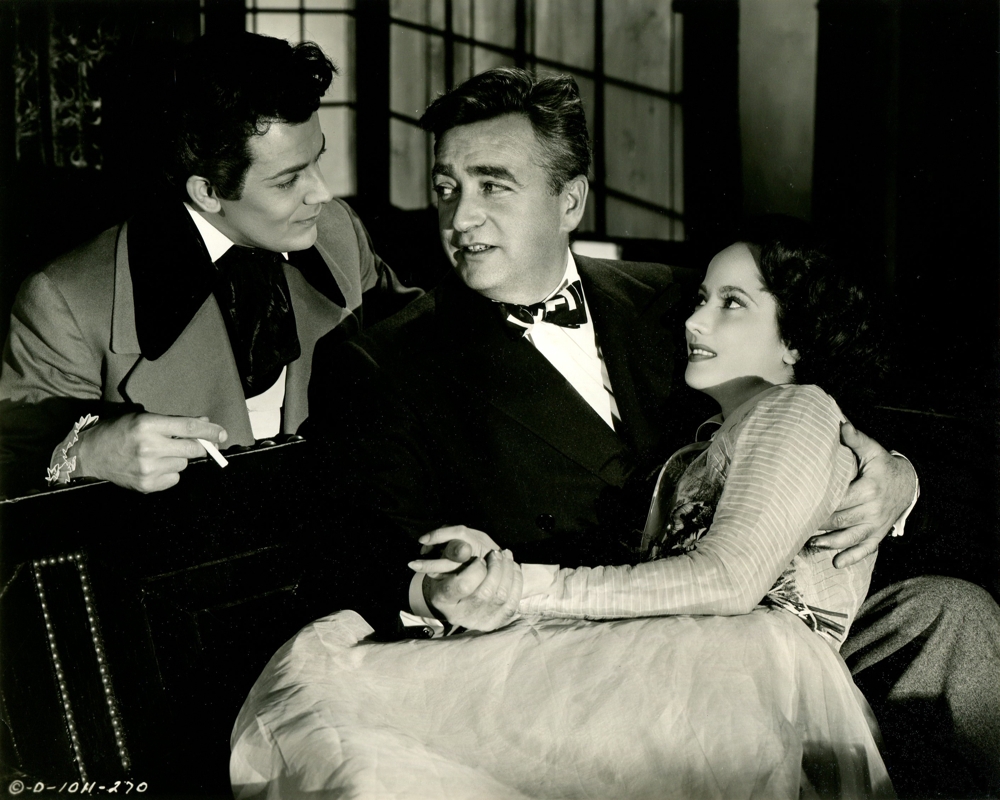
It was inevitable that Ned Scott would find his camera turned in the direction of a film’s director at some point during the movie production. I do not believe that film directors as a group were shy about this kind of activity, but some were less reluctant than others to greet the other end of the camera. Ned Scott’s often unscripted and even casual photographs which included film directors with their actors and other cast and crew members became excellent documentations of the film making process. I have tracked a number of these photographs in my research and I am always on the hunt for more. To my surprise, I have discovered that several of these photographs have been published in books of the genre over the years. Each time Ned Scott was correctly credited as the creating photographer. Ned Scott’s first director photograph caught Fred Zinnemann on the job in Alvarado, Mexico for “Redes” film. The earliest known Hollywood photograph of a director occurred in 1935 with “Spring Night”, Ned Scott’s first Hollywood film production with director Tatiana Tuttle, known to everyone as “Tania”. Others have been logged and filed in the archive, some Ned Scott saved himself and others I have purchased during research. These include Tay Garnett from “Trade Winds” , James Roosevelt from “Pot O Gold”, John Ford from “Stagecoach” and “The Long Voyage Home”, Zoltan Korda from “Sahara”, Charles Vidor from “A Song to Remember”, Fritz Lang from “Hangmen Also Die” and William Wellman from “A Story of G.I. Joe”. All of these say something important about each director, and because of that, they are worth documenting as a photograph type. They also relate important aspects of the relationship between director and the cast members. Notice the relaxed intimacy on display in this image of Charles Vidor who directed “A Song to Remember” in 1944. My own personal favorite director photograph is the one of Fritz Lang on the set of “Hangmen Also Die”.

Director Charles Vidor, flanked by Cornel Wilde and Merle Oberon from “A Song to Remember” 1944 by Ned Scott
